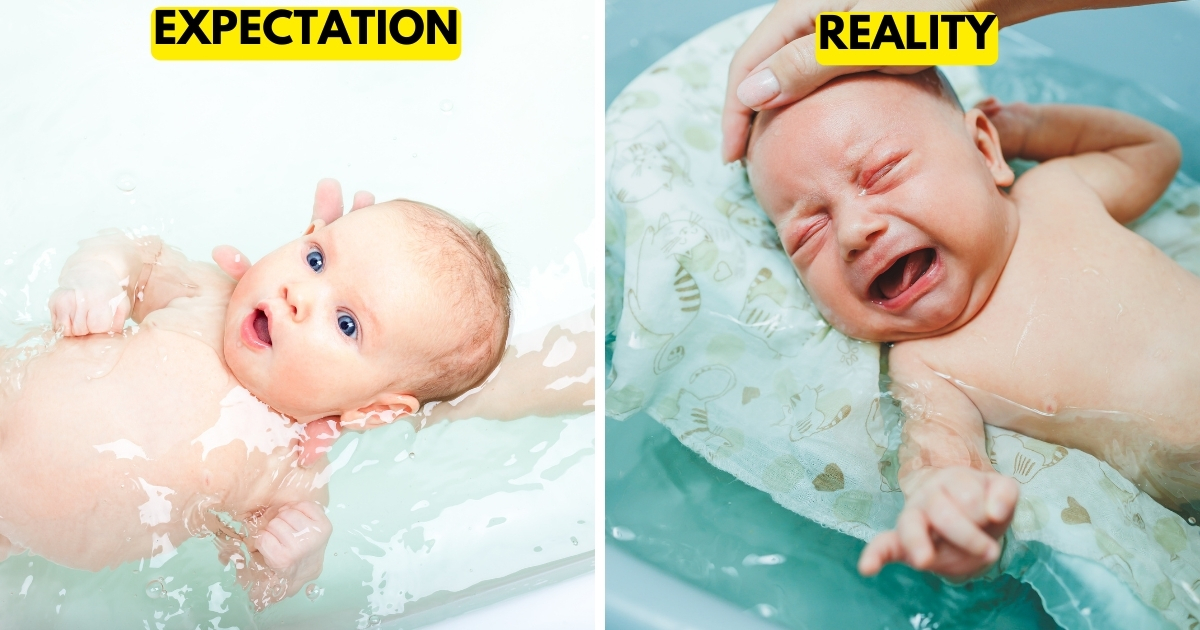Baby bath basics: A Guide for New Parents
Bathing a newborn can feel like navigating a minefield, especially for first-time parents. Their tiny, wiggly bodies and delicate skin can make the whole process seem overwhelming. Fear not! With a bit of preparation and a splash of humor, you’ll find that bathing your little bundle of joy can be a bonding experience rather than a stress-inducing event. Here’s what you need to know before you dive into those first baths.
1. Timing is Everything

Firstly, let’s get the timing right. Newborns don’t need a daily bath; in fact, two to three times a week is plenty. Their skin is sensitive, and over-bathing can lead to dryness. Pick a time when your baby is content and not too hungry or sleepy. Mid-morning or after a nap often works best.
2. Gather Your Supplies
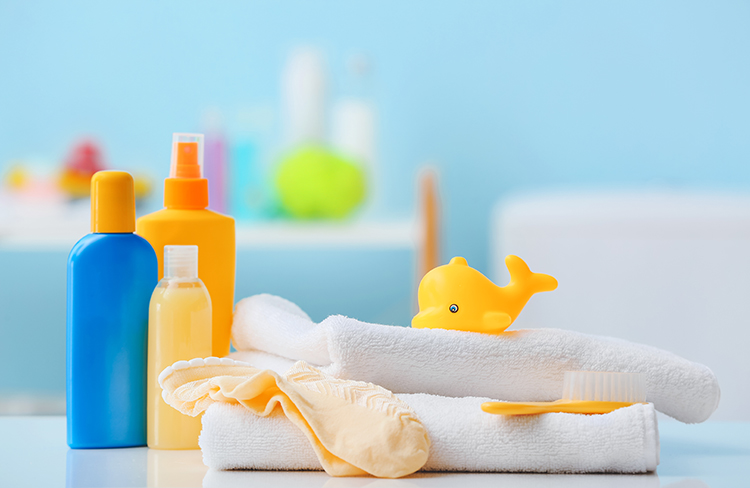
Imagine preparing a five-course meal only to realize you forgot the salt. Now, imagine that scenario with a wet, squirming baby. Avoid the chaos by gathering all your supplies before you start. You’ll need:
- A baby bathtub or a clean sink
- Two washcloths
- Mild baby soap and shampoo
- A soft towel (preferably with a hood)
- Clean diaper and clothes
- Cotton balls (for cleaning the face and eyes)
3. Safety First
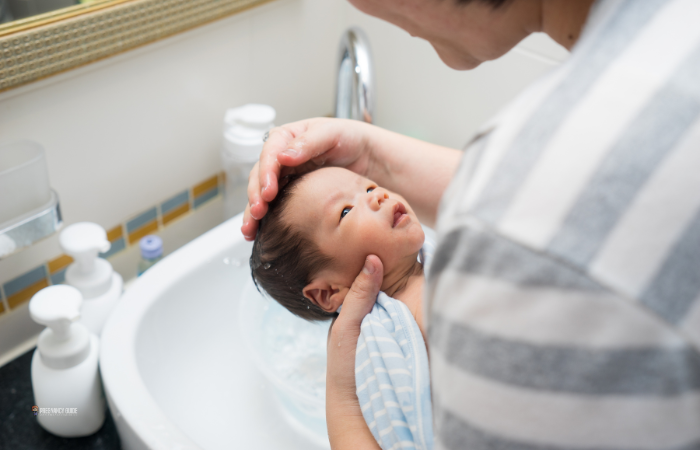
Babies are slippery little creatures, especially when wet. Never, and I mean never, leave your baby unattended in the bath, even for a second. Have everything within arm’s reach, or better yet, enlist a helper if you can. The water should be warm but not hot. Test it with your wrist or elbow; it should feel comfortable, not scalding.
4. Set the Scene
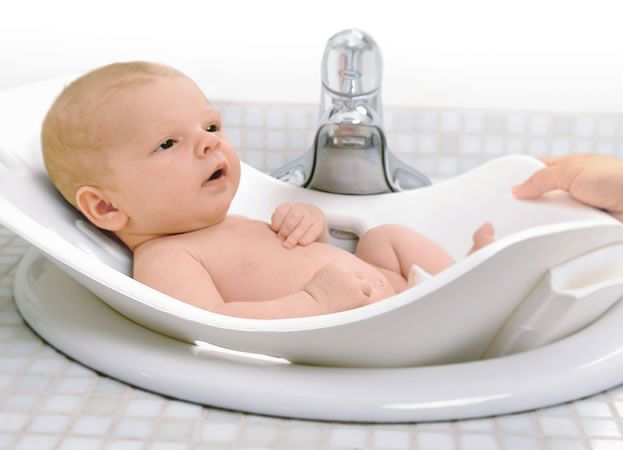
Creating a calm environment can make a world of difference. Ensure the room is warm, and if you have a space heater, use it to prevent any chill. Playing soft music or singing to your baby can make the experience more enjoyable for both of you. And remember, it’s perfectly fine to talk to your baby throughout the bath. They might not understand the words, but they’ll appreciate the soothing sound of your voice.
5. Start with the Basics: Sponge Baths
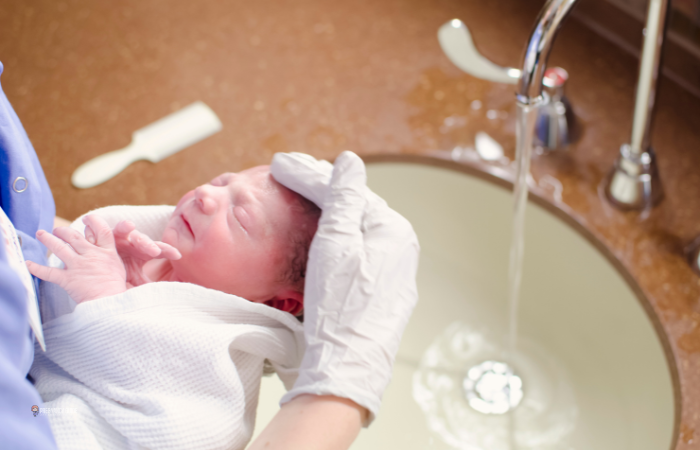
For the first few weeks, until the umbilical cord stump falls off and heals, you’ll need to stick to sponge baths. Lay your baby on a soft, flat surface covered with a towel. Dampen a washcloth with warm water and gently wipe your baby’s face and hands. Use a cotton ball dipped in water to clean around the eyes, wiping from the inside corner outward.
6. The Big Splash: Tub Baths
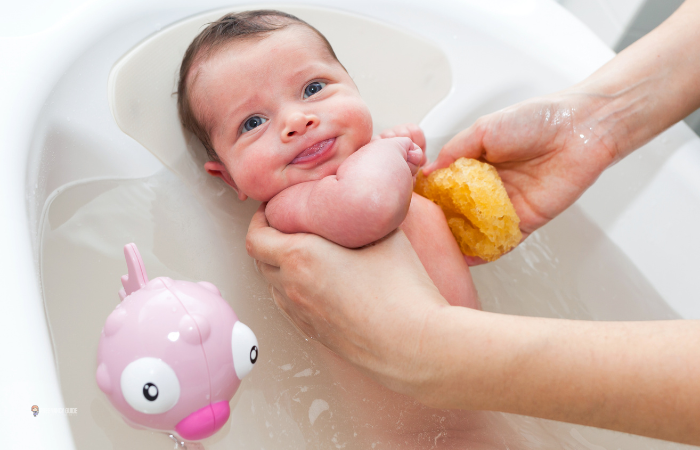
Once the umbilical cord has healed, you can graduate to tub baths. Fill the baby bathtub or sink with just a couple of inches of water. Hold your baby securely with one hand supporting their head and neck, and use the other hand to wash. Remember, babies are not dirt magnets; a gentle wipe down is usually all that’s needed. Pay special attention to creases and folds, where milk and sweat tend to collect.
7. Shampooing 101
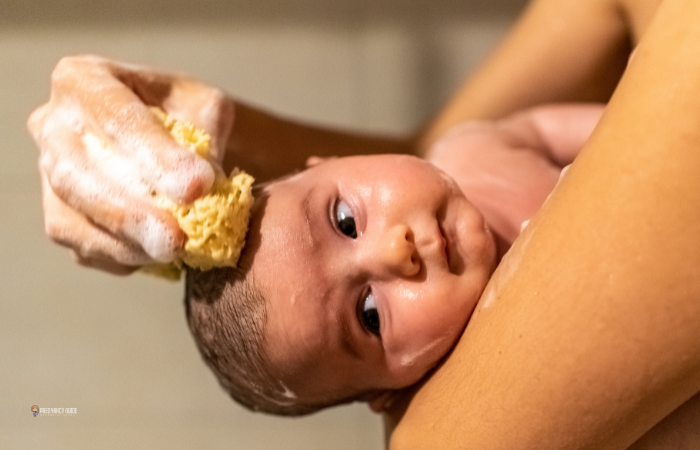
When it’s time to wash your baby’s hair, use a small amount of mild baby shampoo. Wet their hair with your hand or a washcloth, apply the shampoo, and gently massage their scalp. Rinse thoroughly with a cup or your hand, shielding their eyes as much as possible. If your baby has cradle cap (a common, harmless condition where the scalp gets flaky), use a soft brush to gently loosen the flakes.
8. Drying Off and Post-Bath Care
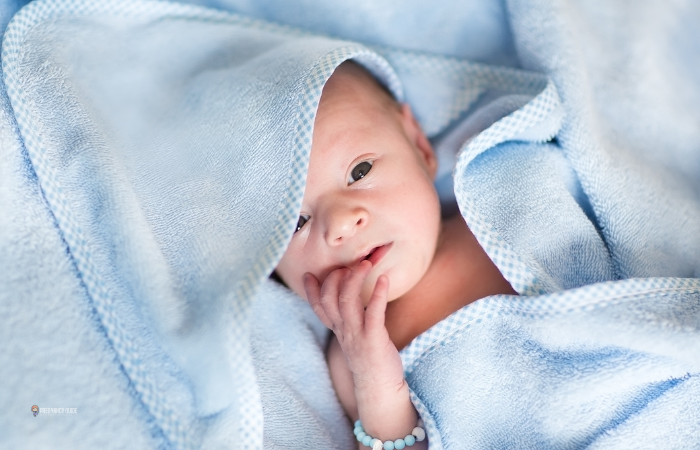
Once bath time is over, gently lift your baby out of the water, supporting their head and neck. Wrap them immediately in a soft towel, patting rather than rubbing them dry to avoid irritating their skin. Pay extra attention to drying between the folds and creases. Afterward, you can apply a gentle baby lotion if needed to keep their skin moisturized. Don’t forget to dress them in a fresh diaper and cozy clothes.
9. Bathing Myths Debunked
There are plenty of old wives’ tales and myths about baby baths. Let’s clear up a few:
- Myth: You must bathe your baby every day. Reality: As mentioned, two to three times a week is enough.
- Myth: You need special baby bathing products. Reality: Mild soap and shampoo designed for babies are ideal, but you don’t need a cabinet full of fancy items.
- Myth: Bathing will dry out your baby’s skin. Reality: Over-bathing can cause dryness, but using a gentle soap and moisturizing afterward can keep their skin soft and healthy.
10. Embrace the Experience
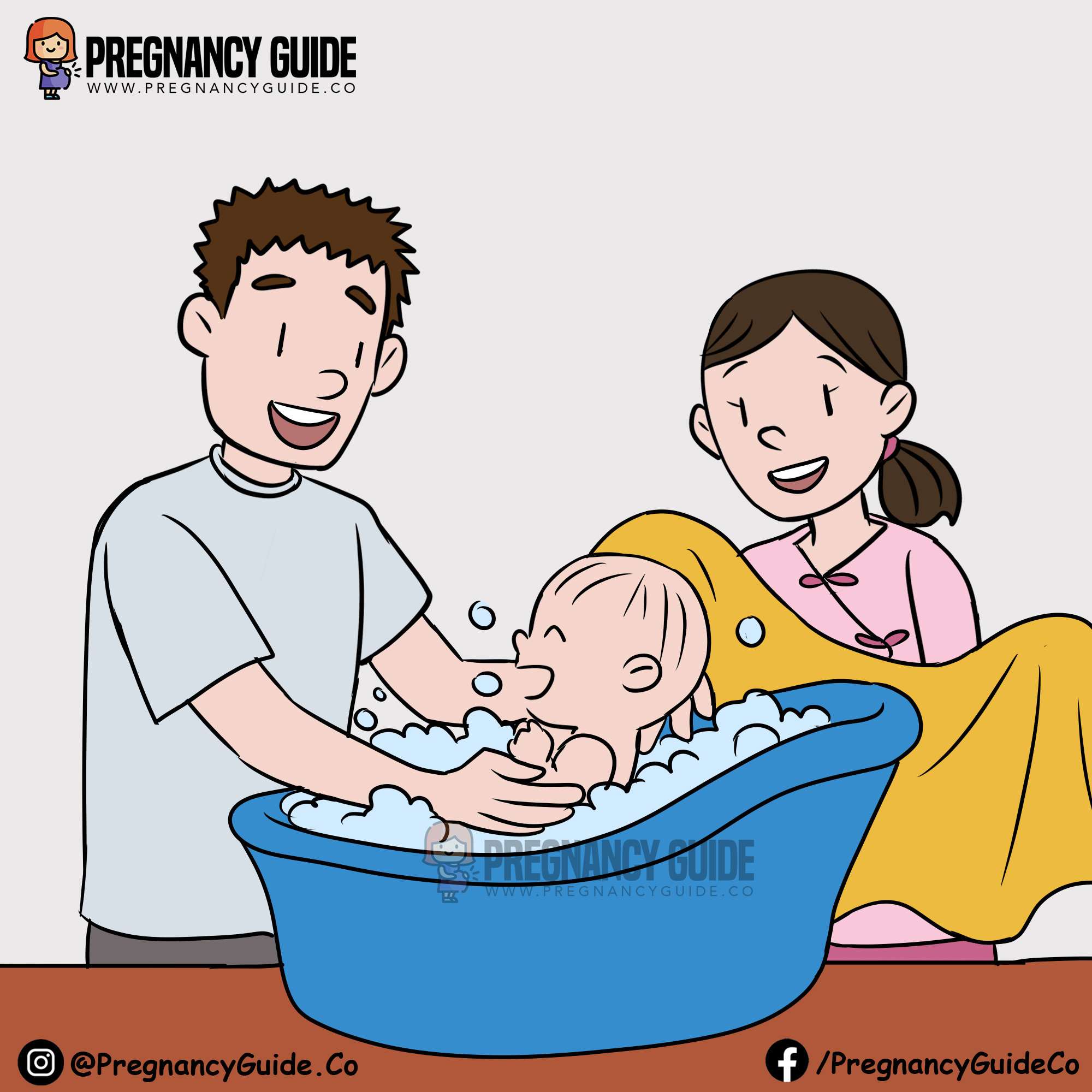
Bathing your baby can be an intimidating task, but it’s also an opportunity to bond. Enjoy these moments; they grow up faster than you think. Laugh at the inevitable splashes and the occasional pee (which, trust me, happens to the best of us). These are the memories you’ll look back on fondly, even if they feel chaotic now.
In conclusion, bathing a newborn doesn’t have to be a nerve-wracking ordeal. With a bit of preparation, a lot of patience, and a sprinkle of humor, you’ll soon become a pro. Remember, every parent has been in your shoes, and every baby is different. Find what works best for you and your little one, and cherish these small yet significant moments. Happy bathing!

